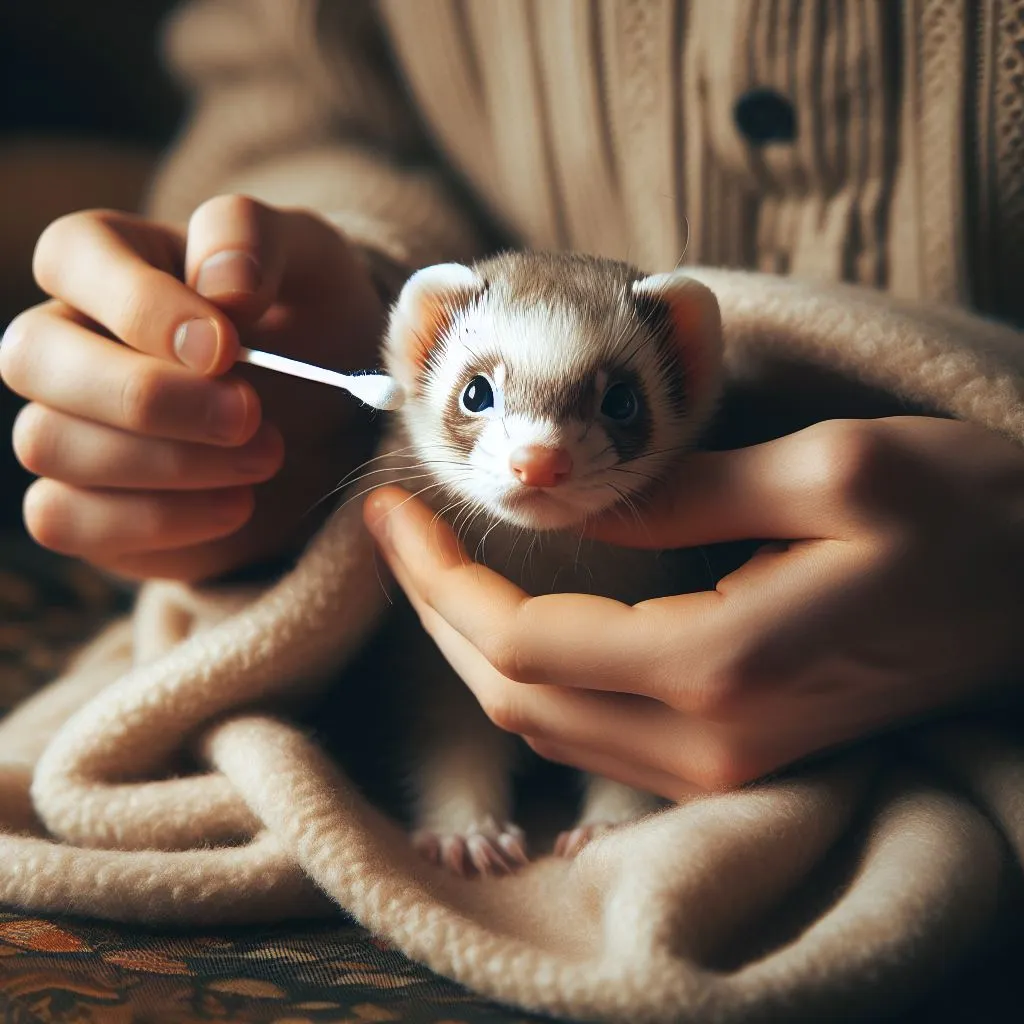Are Ferrets Good with Dogs? (Ways To Properly Introduce Them)
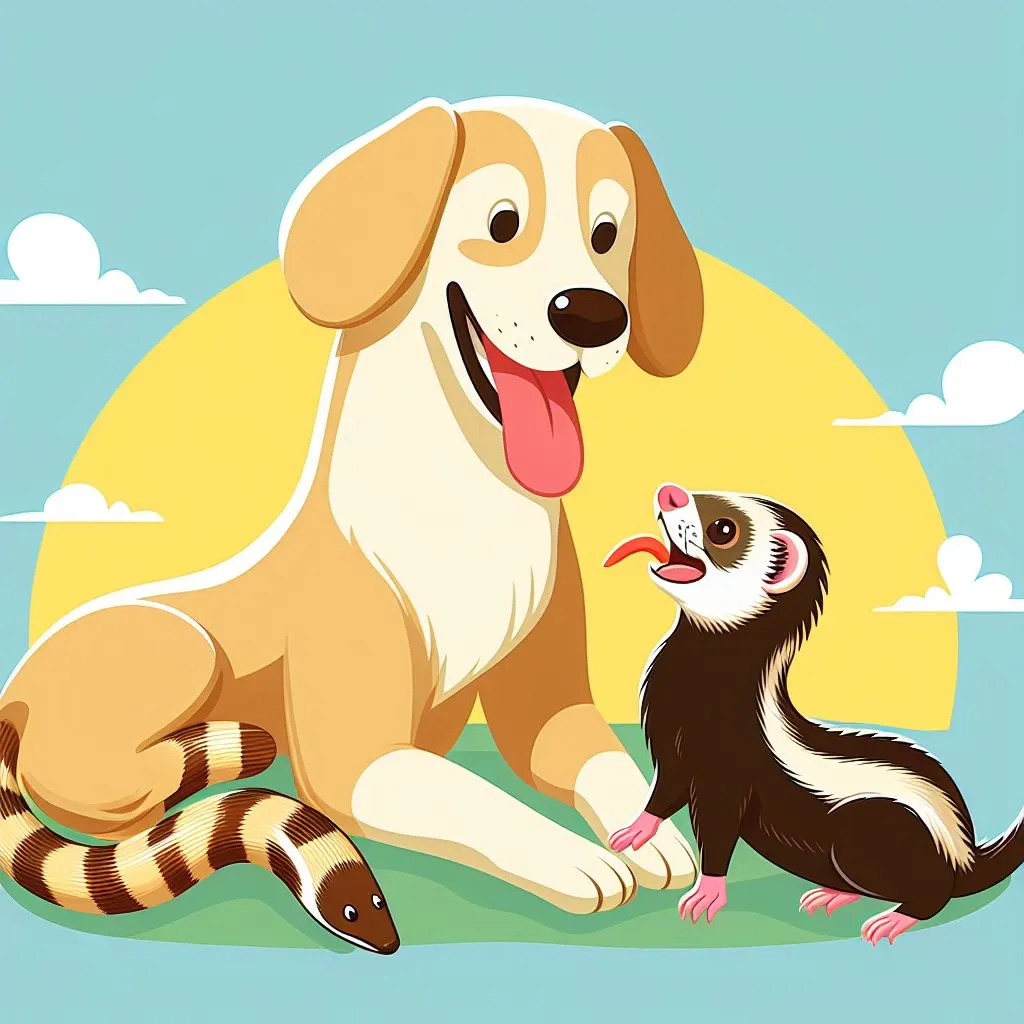
Curious about whether ferrets and dogs make good companions? This blog post will explore the compatibility between these two adorable pets. If you’re considering adding a ferret to your household that already has a dog, or if you’re simply interested in learning more about their interactions at the pet supermarket, this article is for you.
We’ll delve into the key factors that determine how well ferrets and dogs get along, including their temperament, socialization, and training. By the end of this post, you’ll have a better understanding of whether these pets can coexist harmoniously.
Key Takeaways
- Understanding the nature of ferrets and dogs as pets is crucial in assessing their compatibility.
- Introducing ferrets to dogs should be done gradually and with caution to ensure a positive first encounter.
- Signs of conflict between dogs and ferrets, such as aggression or fear, should be addressed promptly to prevent harm.
- Factors such as temperament, socialization, and individual personalities can greatly influence the relationship between ferrets and dogs.
- To ensure a safe introduction between ferrets and dogs, it is important to supervise their interactions and provide separate spaces if needed.
- By following best practices and taking necessary precautions, it is possible to foster a harmonious relationship between ferrets and dogs.
Topics Covered In This Article
- Quick Tips On Introducing Ferrets With Dogs
- Understanding Ferrets and Dogs as Pets
- Assessing Compatibility Between Ferrets and Dogs
- Introducing Ferrets to Dogs: Best Practices
- Handling the First Encounter Between Ferrets and Dogs
- Signs of Conflict Between Dogs and Ferrets
- Addressing Dislike Between Dogs and Ferrets
- Factors Affecting the Relationship Between Ferrets and Dogs
- Ensuring a Safe Introduction Between Ferrets and Dogs
- Summary
- Frequently Asked Questions
Quick Tips On Introducing Ferrets With Dogs
- Supervise the initial interactions between the ferret and dog
- Start by introducing the animals in a neutral territory
- Use positive reinforcement to reward good behavior
- Keep the ferret in a secure enclosure when not supervised
- Allow the animals to get used to each other’s scent before physical introductions
Understanding Ferrets and Dogs as Pets
Similarities between Ferrets and Dogs
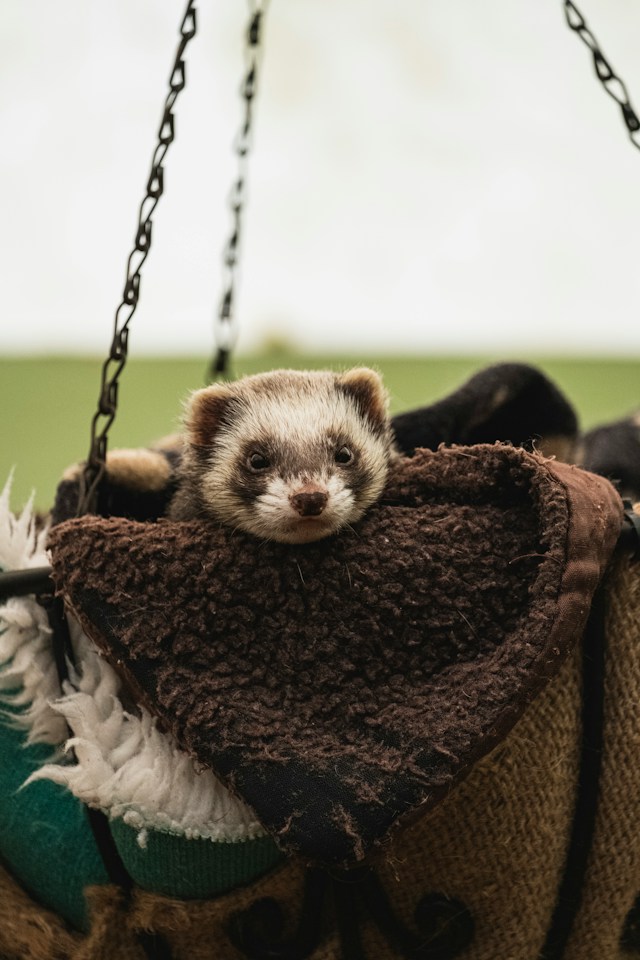
Ferrets and dogs are both popular pets known for their playful and social nature. While they may be different in size, there are some similarities between these two adorable creatures.
Firstly, both ferrets and dogs require regular exercise to stay healthy and happy. Just like dogs need walks or runs outside, ferrets also benefit from daily playtime outside of their cages. This can include interactive toys or supervised exploration in a secure area.

Secondly, mental stimulation is important for both ferrets and dogs. They thrive when provided with activities that challenge their minds. For example, you can hide treats around the house for your dog to find or create an obstacle course for your ferret to navigate.
Lastly, proper care is essential for the well-being of both pets. Regular veterinary check-ups, vaccinations, grooming sessions (such as brushing), and a balanced diet are crucial for maintaining good health in both ferrets and dogs.
Differences between Ferrets and Dogs
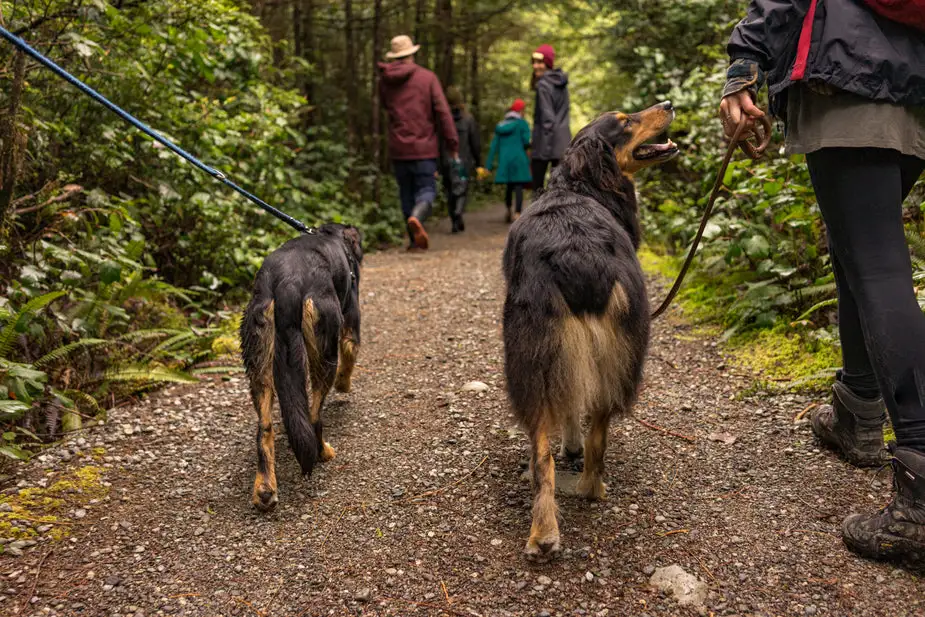
While there are similarities between these furry friends, it’s important to note some key differences too.
One major difference is that ferrets are small carnivorous mammals while dogs are larger domesticated animals. Due to their size difference, they have different needs.
Another difference lies in their social behavior – while most dogs enjoy the company of other animals including fellow canines at parks or during playdates; on the other hand, not all ferrets get along well with other pets such as cats or birds due to their strong hunting instincts.
Assessing Compatibility Between Ferrets and Dogs
Temperament and Behavior
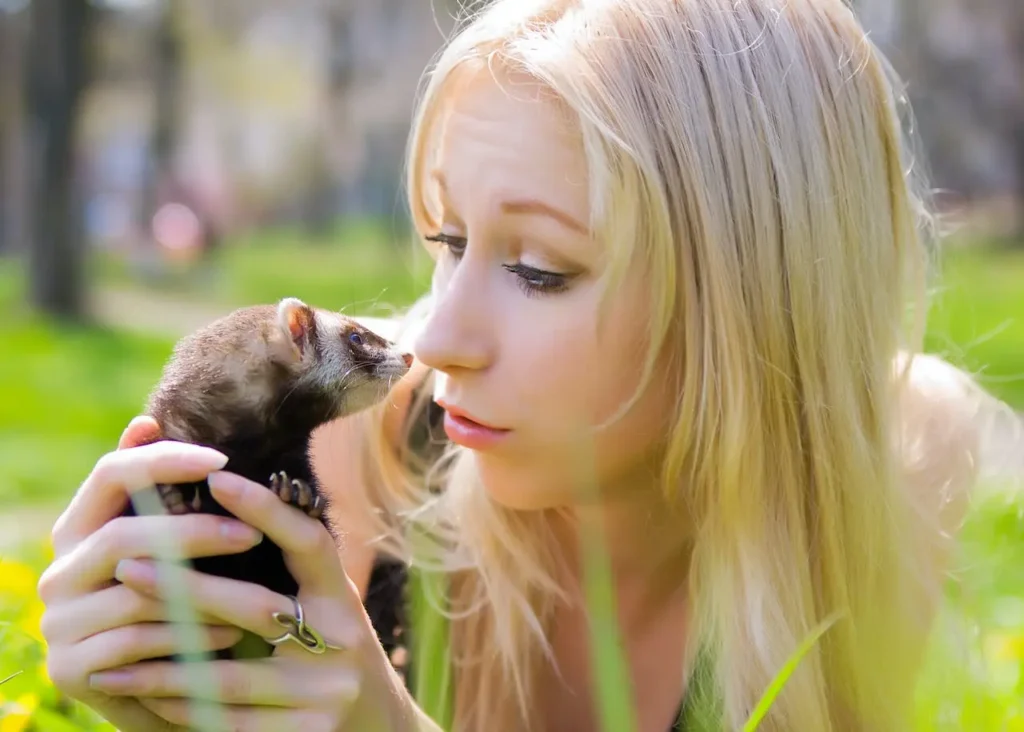
When considering whether ferrets are good with dogs, it’s important to assess the temperament and behavior of both animals. Each individual animal has its own personality, so it’s crucial to observe their interactions before introducing them.
Some ferrets may be more social and tolerant, while others may be more territorial or aggressive. Similarly, some dogs may have a calm and gentle nature, while others may be high-energy or possess a strong prey drive.
Size, Energy Level, and Prey Drive
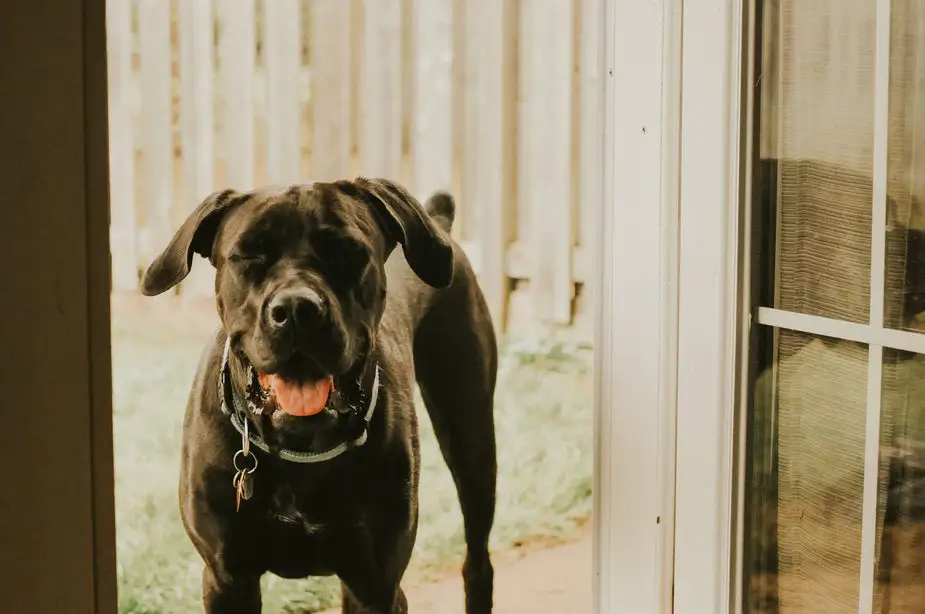
Factors such as size, energy level, and prey drive can greatly influence the compatibility between ferrets and dogs. Ferrets are small creatures that can easily become overwhelmed by larger dog breeds. A large dog with high energy levels might unintentionally harm a small ferret during playtime if not supervised properly.
Some dog breeds have a higher prey drive than others. This means they have a stronger instinct to chase after small animals like rodents or birds – which could include ferrets.
It is important for pet owners to understand these factors when considering introducing a ferret into a household with dogs. By taking into account the temperaments of both animals as well as their size differences and energy levels, pet owners can make an informed decision about whether or not it is safe to keep them together.
Introducing Ferrets to Dogs: Best Practices
Gradual introductions
Gradual introductions in a controlled environment are recommended when bringing ferrets and dogs together. This approach helps ensure a positive initial interaction between the two animals. By taking it slow, you give them time to adjust and get comfortable with each other’s presence.
Scent swapping techniques
Using scent swapping techniques can also help familiarize ferrets and dogs with each other’s scent before they meet face-to-face. One method is to exchange bedding or toys between the two animals. This allows them to become accustomed to each other’s smell, which can reduce any potential anxiety or aggression during their first meeting.
For example, you could place a blanket that has your dog’s scent near your ferret’s sleeping area, and vice versa. This way, they will gradually become more familiar with each other through their sense of smell.
The importance of supervision
Supervision is crucial during the introduction process between ferrets and dogs. It ensures that any aggressive behavior or accidents are prevented from occurring.
When introducing them for the first few times, keep both animals on leashes or in separate enclosures so that you have control over the situation if things don’t go as planned. Observe their body language closely for any signs of stress or aggression.
Remember, every animal is different, so it may take some time for them to establish a bond and feel comfortable around one another.
Handling the First Encounter Between Ferrets and Dogs
Keeping it Short and Positive
When introducing ferrets to dogs, it’s important to keep the initial meeting short and positive. This helps prevent overwhelming either pet, as they may need time to adjust to each other’s presence. By keeping the first encounter brief, you allow them to get a sense of each other without putting too much pressure on them.
Using Positive Reinforcement Techniques
During the first meeting between ferrets and dogs, it’s essential to use positive reinforcement techniques. This means rewarding calm behavior with treats or praise. When both animals remain calm and relaxed in each other’s presence, it creates a positive association between them.
Avoiding Forced Interactions
If either the ferret or dog shows signs of discomfort or fear during their first encounter, it is crucial to avoid forcing interactions between them. Forcing interactions can escalate the situation and potentially lead to stress or aggression. It is important to respect their boundaries and give them space if needed.
Signs of Conflict Between Dogs and Ferrets
Aggressive Behaviors
Aggressive behaviors like growling, lunging, or snapping can indicate potential conflict between dogs and ferrets. When a dog displays these behaviors towards a ferret, it is important to take immediate action to prevent any harm. These aggressive actions may be a sign that the dog sees the ferret as a threat or competition for resources.
Excessive Chasing and Predatory Behavior
Excessive chasing or predatory behavior from the dog towards the ferret can also be a sign of an incompatible relationship. Dogs have natural instincts to chase small animals, and they may see the fast movements of a ferret as an invitation to play or hunt. However, this behavior can quickly escalate into aggression if not properly managed.
It’s essential to closely monitor their interactions and intervene if necessary. If you notice your dog constantly chasing after your ferret in an aggressive manner, it may be best to separate them until you can seek professional guidance on how to address this issue.
Fearful or Defensive Postures
Fearful or defensive postures from either pet may suggest that they are not comfortable around each other. If either your dog or ferret shows signs of fear such as cowering, hiding, raised fur/scales/tail feathers, flattened ears/wings/tails etc., it is crucial not to force them together. Respect their boundaries and give them space until they feel more at ease.
Remember that every animal has its own personality and temperament which could affect their compatibility with other pets. Some dogs may naturally get along well with ferrets while others might struggle with accepting them as part of their pack.
Addressing Dislike Between Dogs and Ferrets
Separation for Safety
If the dislike between a dog and a ferret persists, it may be necessary to keep them separated to ensure their safety. This means creating separate living spaces or using barriers to prevent direct contact between the two animals. By doing so, you can minimize the risk of any aggressive behavior or potential harm that might occur.
Separation is especially important if there have been instances of aggression or if either animal shows signs of stress or fear in each other’s presence. It’s crucial to prioritize their well-being and create an environment where both animals feel safe.
Seeking Professional Guidance
Consulting with a professional animal behaviorist or trainer can provide valuable guidance on addressing the dislike between dogs and ferrets.
These experts have extensive knowledge and experience working with different species, including dogs and ferrets. They can assess the situation, identify underlying causes for the dislike, and develop appropriate strategies for improving their relationship.
Professional guidance is particularly beneficial when dealing with complex behavioral issues or cases where previous attempts at resolving conflicts have been unsuccessful. These experts can offer tailored advice based on your specific circumstances, helping you navigate through challenges effectively.
Positive Reinforcement Training Techniques
Implementing positive reinforcement training techniques can play a significant role in modifying negative behaviors and improving the relationship over time. By rewarding desired behaviors with treats, praise, or playtime, you encourage positive interactions between your dog and ferret.
For example, if your dog remains calm while near the ferret without displaying aggressive behavior, reward them immediately with treats as a way of reinforcing good conduct. Over time, this approach helps create positive associations between both animals’ presence.
Remember that patience is key when using positive reinforcement training techniques. Building trust takes time;
Factors Affecting the Relationship Between Ferrets and Dogs
Age and Socialization History
The age and socialization history of both the ferret and dog can have a significant impact on their ability to get along. Younger animals tend to be more adaptable and open to forming new relationships, making it easier for them to bond with each other.
Older animals, on the other hand, may already have established behaviors or preferences that could potentially clash with one another.
Socialization is also crucial in determining how well ferrets and dogs will interact. If a ferret has been exposed to dogs from an early age, they are more likely to feel comfortable around them. Similarly, if a dog has had positive experiences with small animals like ferrets during their socialization period, they may be more accepting of them.
Individual Personalities and Past Experiences
Just like humans, individual personalities play a significant role in determining compatibility between ferrets and dogs. Some ferrets may be naturally outgoing and playful while others might prefer a quieter environment.
Similarly, some dogs may have high prey drives or dominant tendencies that could make it challenging for them to coexist peacefully with a smaller animal like a ferret.
Past experiences can also shape an animal’s behavior towards others. For example, if a dog had previously been attacked by another small animal or if a ferret had negative encounters with dogs in the past, it could lead to fear or aggression when they are together.
Proper training, socialization, ongoing supervision are essential for fostering harmony between these two pets. By providing positive reinforcement training techniques such as reward-based methods when introducing them gradually under controlled circumstances can help build trust between your furry friends.
Ensuring a Safe Introduction Between Ferrets and Dogs
Separate Spaces for Adjustment
To ensure a safe introduction between ferrets and dogs, it is important to create separate spaces for each pet initially. This allows them to adjust to each other’s presence without direct contact. By providing individual spaces, such as separate rooms or crates, both pets can become familiar with each other’s scent and sounds without feeling threatened or overwhelmed.
Gradual Increase in Supervised Interactions
Once both the ferret and dog have had time to adjust individually, it is time to gradually increase supervised interactions. Start by allowing them to see each other through a barrier like a baby gate or crate door. Observe their behavior closely for any signs of aggression or stress. If they show signs of discomfort, it may be necessary to slow down the introduction process.
During supervised interactions, keep both pets on leashes for added control. This ensures that you can quickly intervene if needed. Allow short periods of interaction at first and gradually increase the duration as they become more comfortable with each other’s presence.
Prioritize Safety and Seek Professional Advice
The safety of both your ferret and dog should always be prioritized during introductions. Provide secure enclosures when they are not directly supervised to prevent any potential accidents or altercations. Avoid leaving them alone together until you are confident in their ability to coexist peacefully.
If you encounter difficulties during the introduction process or have concerns about their behavior towards one another, do not hesitate to seek professional advice from a veterinarian or animal behaviorist who has experience with introducing different species.
Summary
In conclusion, understanding the compatibility between ferrets and dogs is crucial for a harmonious coexistence. By following best practices for introducing ferrets to dogs, such as gradual introductions and supervised interactions, conflicts can be minimized. It is important to recognize signs of conflict between dogs and ferrets, such as aggressive behavior or fear, and address them promptly to ensure the safety of both pets.
Factors such as breed, temperament, and previous experiences can influence the relationship between ferrets and dogs. Therefore, it is essential to consider these factors when assessing compatibility. Providing each pet with their own space and resources can help prevent conflicts over territory.
Frequently Asked Questions
Yes, ferrets and dogs can get along if properly introduced and supervised. However, it depends on the individual personalities of both animals. Some dogs may have a high prey drive, which can pose a risk to ferrets. It’s important to assess compatibility and follow best practices for introducing them.
Signs of conflict between dogs and ferrets include aggressive behavior such as growling, lunging, or snapping. Dogs may also display excessive interest in chasing or nipping at the ferret. Similarly, if the ferret shows defensive behaviors like hissing, biting, or arching its back when near the dog, it indicates potential conflict.
Several factors influence the relationship between ferrets and dogs. These include their individual personalities, previous experiences with other animals, socialization levels from an early age, breed tendencies (e.g., hunting instincts), training history of both animals, proper introduction techniques used by owners.
When introducing your dog to a new pet ferret:
Start with scent exchange: Allow them to sniff each other’s bedding or toys.
Use barriers: Separate them initially using gates or crates for visual observation.
Controlled interaction: Gradually introduce short supervised face-to-face encounters while rewarding calm behavior.
Monitor closely: Always supervise interactions until you’re confident they are comfortable together.
Last Updated on 3 February 2024
Waman Nuka is a seasoned wordsmith and a passionate animal enthusiast with decades of experience in the world of animal care. With a deep love for all creatures great and small, Waman’s journey in the realm of animals started as a young boy exploring the lush forests surrounding his childhood home.


